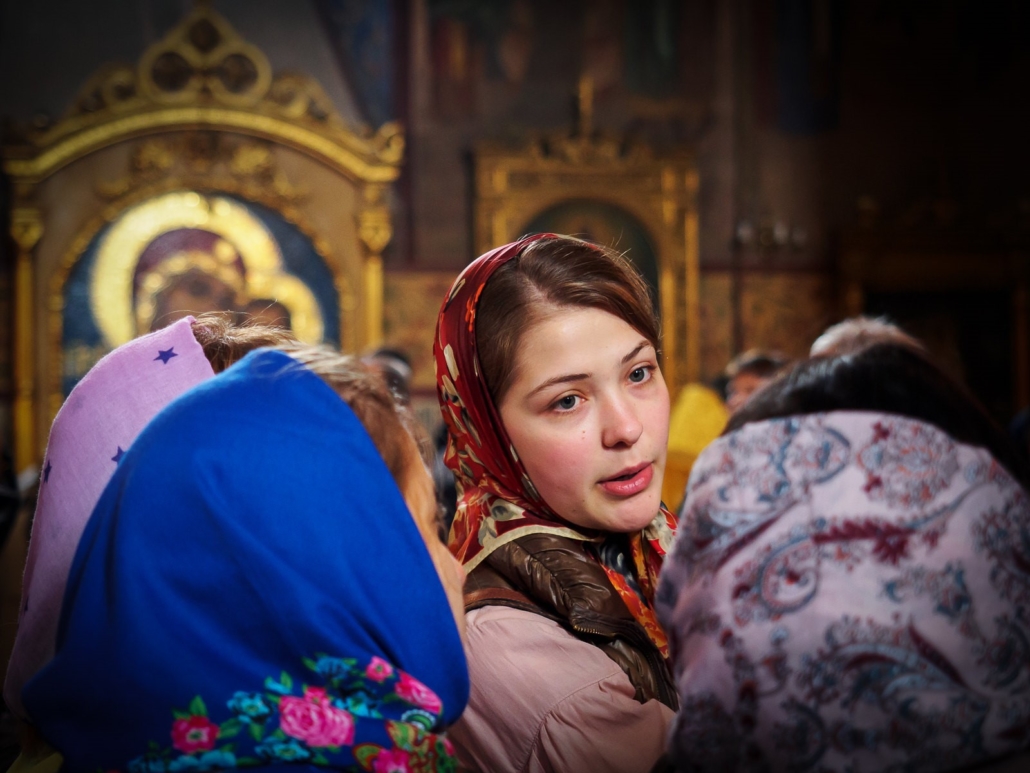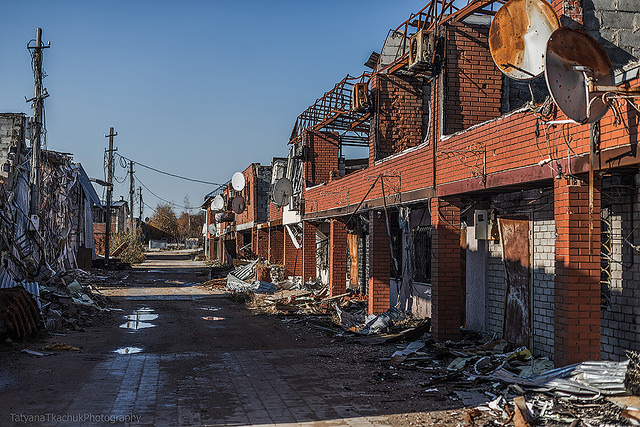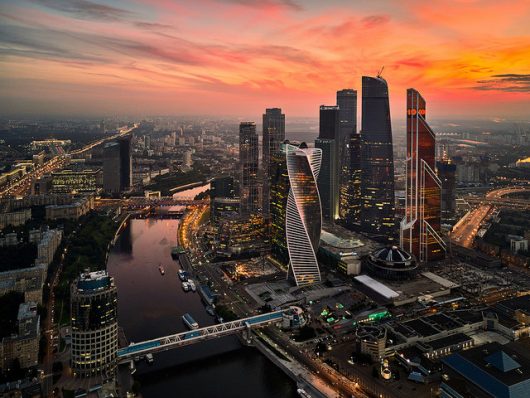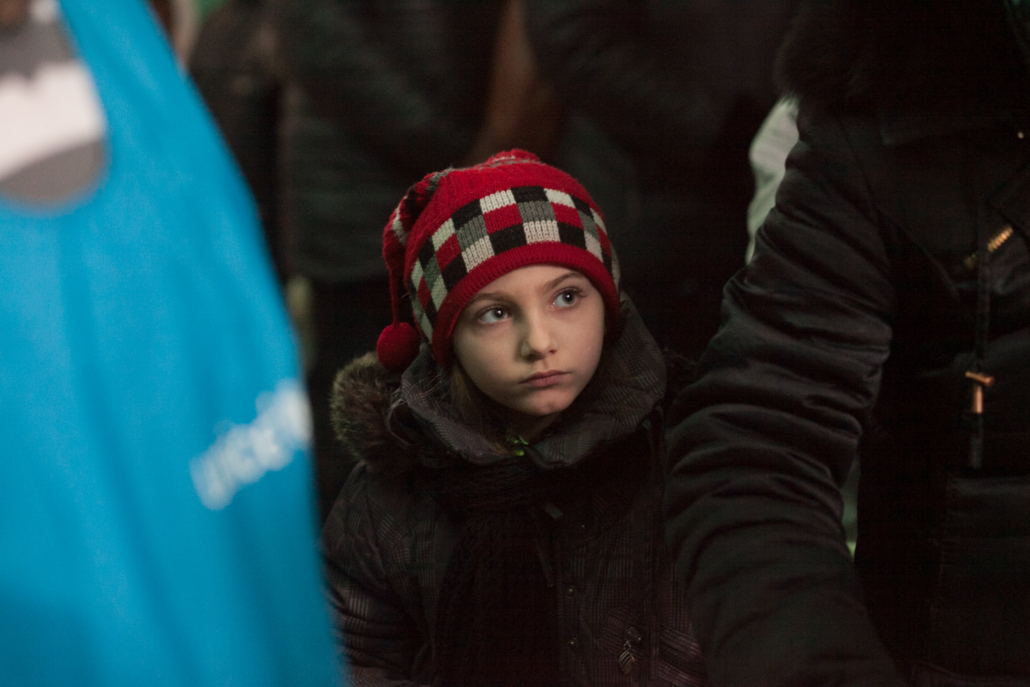 On February 24, 2022, Russian forces invaded several Ukrainian villages with missile attacks extending east to west, mostly targeting Ukraine’s capital city, Kyiv. The President of Russia, Vladimir Putin, exclaimed that he invaded Ukrainian territory to “demilitarize and denazify” the country. Putin used propaganda to explain to Russian citizens that by invading and creating Russian attacks on Ukraine, he is protecting them from more years of Ukranian bullying and genocide. Almost immediately, Ukraine began to fight back, rounding up the Armed Forces.
On February 24, 2022, Russian forces invaded several Ukrainian villages with missile attacks extending east to west, mostly targeting Ukraine’s capital city, Kyiv. The President of Russia, Vladimir Putin, exclaimed that he invaded Ukrainian territory to “demilitarize and denazify” the country. Putin used propaganda to explain to Russian citizens that by invading and creating Russian attacks on Ukraine, he is protecting them from more years of Ukranian bullying and genocide. Almost immediately, Ukraine began to fight back, rounding up the Armed Forces.
The Situation
Currently, statistics show 70,000 Ukrainians have died and 120,000 have become wounded since the attack on Ukraine in February. Officials estimate 120,000 Russian soldiers have died and 170,000 have been wounded since the invasion. Casualties on both sides round up to around 500,000.
At the beginning of the war in March of 2022, Russian attacks on Ukraine were able to take over five parts of Ukraine; Sumy, Kyiv, Kharkiv, Kherson and Mariupol. Later, in November 2022, Ukraine regained control of all regions and almost kicked Russia out of its borders. However, since June 2023, Russia has been able to regain control of Kherson, as well as Bakhmut, keeping the world on its toes as it continues to watch the back-and-forth battle between Russia versus Ukraine.
During an interview with ABC News, Ukrainian President Volodymyr Zelenskyy explained that he will not agree to give Russia any territory that was not initially theirs in February 2022. He will continue to counterattack Russian forces until justice is served.
How the Attacks in Ukraine are Affecting Citizens
As Zelenskyy continues to fight back for Ukrainian territory, many citizens of Ukraine are struggling to stay safe. As of early summer, 8.2 million Ukrainians ventured out of their borders to seek refuge somewhere more secure. Many have settled in bordering countries such as Poland, Romania and Hungary.
In big cities such as Krakow, several Ukrainian children and mothers flood train stations, hotels and apartments looking for somewhere to settle down. One of these mothers is Oksana, a Ukrainian engineer and a young mother of two.
Oksana did not intend to leave her home in Ukraine, but after hearing news stories about potential radiation leaks as well as seeing military vehicles pass her by each day, she decided it was time to find a safer place to raise kids. After a long and stressful trip to Krakow, she settled down with an acquaintance to house her children.
“I’m doing what I need to do,” Oksana said, “and I’m okay with it. Thousands of women like me were forced to leave Ukraine and now must find ways to feed their families. It’s not a problem for me. It’s the next step. We’ll see what comes later.” Oksana spoke to City Journal journalist, Tamar Jacoby.
How Polish People are Helping
Some are urging Polish citizens to help Ukrainian refugees by passing out food, water and other vital supplies. One woman in particular, Ula Kryszuk, is doing all she can at the Warsaw train station to help women and children get back on their feet.
Monika Kryszuk, Ula’s daughter, explained in an interview with The Borgen Project how her mother started helping at the station a month or two after the war started. She was in charge of giving Ukrainians directions to connecting transportation systems.
“As far as I know, people that she met were quite scared and shocked,” Kryszuk said. Meanwhile, citizens at home are struggling to find peace and safety in the comfort of their own cities due to
The Impact of Russian Attacks on Ukraine
Yulia Garbunova is a journalist for the Human Rights Watch association. Garbunova was able to interview Ukrainians still living at home and get inside information about what it was like living in Ukraine during the war.
One woman stated, “There is not a single family in Mariupol [Ukrainian city] who didn’t bury someone, or doesn’t know someone who did.” Others explain how many Russian attacks have broken into houses and beaten or raped family members.
“I lost everything,” another Ukrainian said.
While circumstances differ for every Ukrainian, most situations need similar aid. Nonprofits such as Razom for Ukraine are sponsoring Ukrainians at home and abroad with supplies such as food, clothes and medical aid. Founded in 2014, the organization delivered $62 million in aid in 2022.
One of its projects called Razom Relief focuses on helping NGOs in Ukraine that work directly with civilians and “supply aid to vulnerable communities.” In 2022, Razom provided $5 million in grants to 123 volunteer organizations in Ukraine, helping them to continue supporting the most vulnerable communities in the country.
Support for Ukraine is worldwide, and it continues to grow stronger as the war progresses. Supporting Ukrainian citizens and refugees in particular is a top priority for many people worldwide. Ukrainians continue to struggle with the atrocities the war has created for them and need as much awareness and support as they can get. Charities and allies are advocating for a stop to the violence between the two countries and a fair resolution.
– Nina Donlin
Photo: Flickr
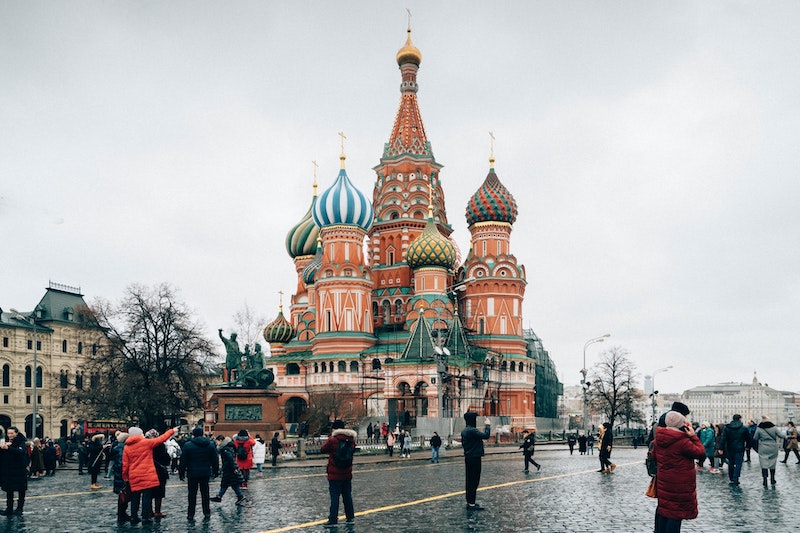
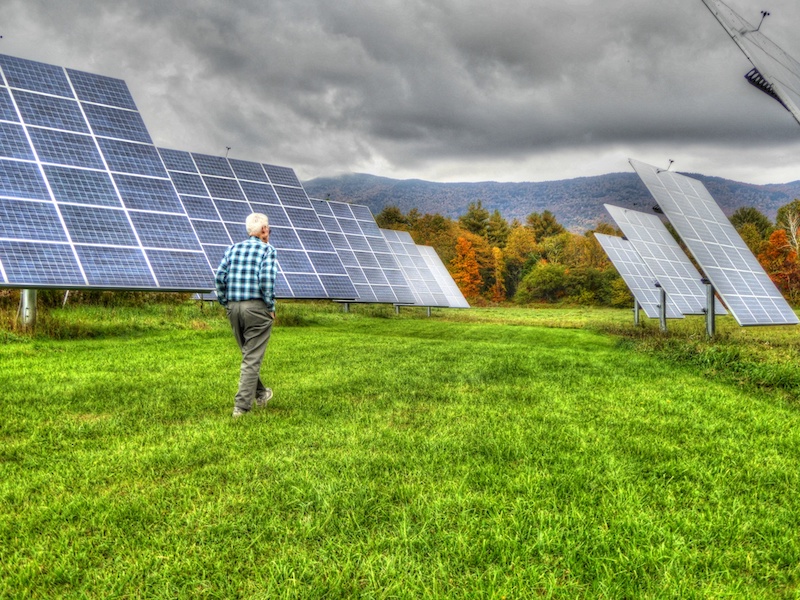
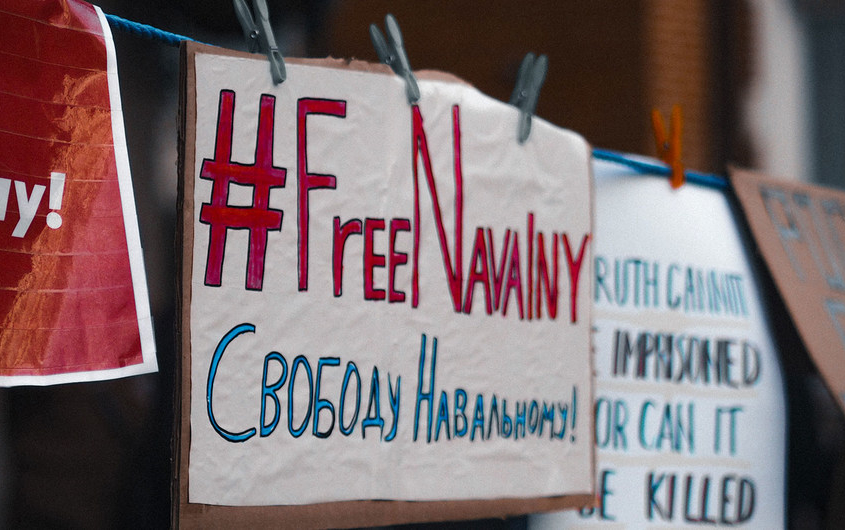
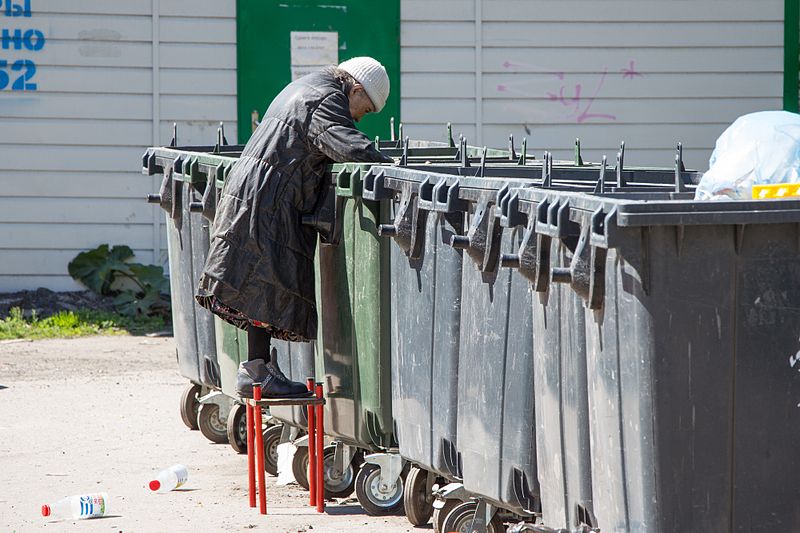
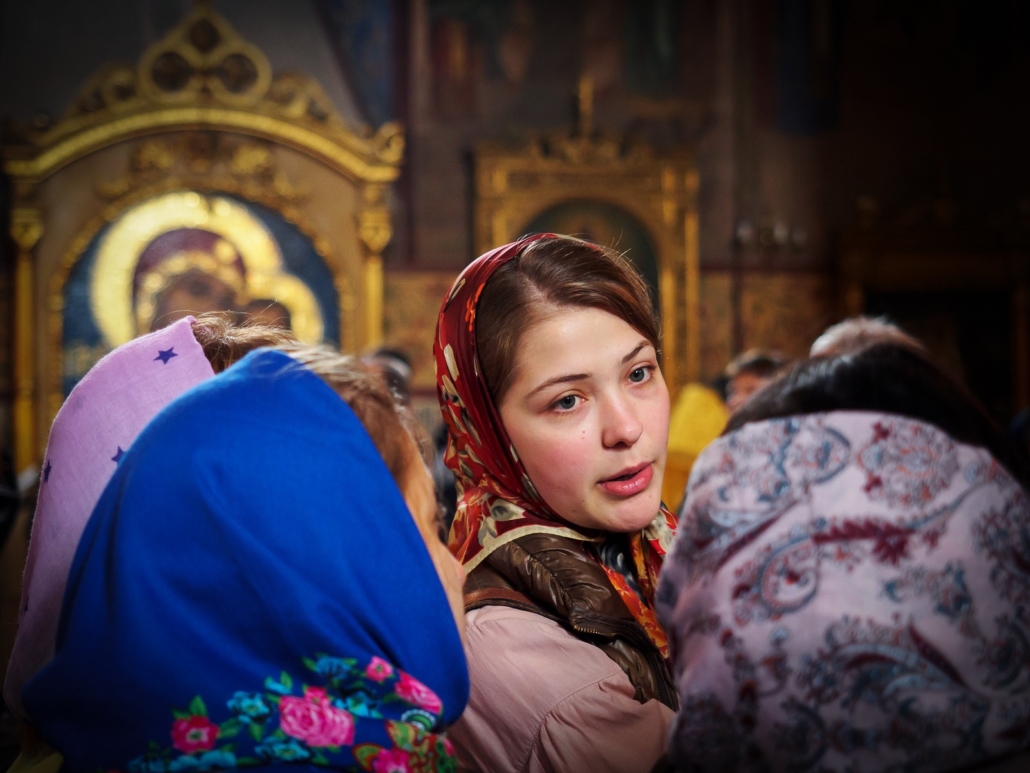
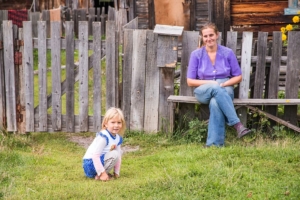 There are almost
There are almost 